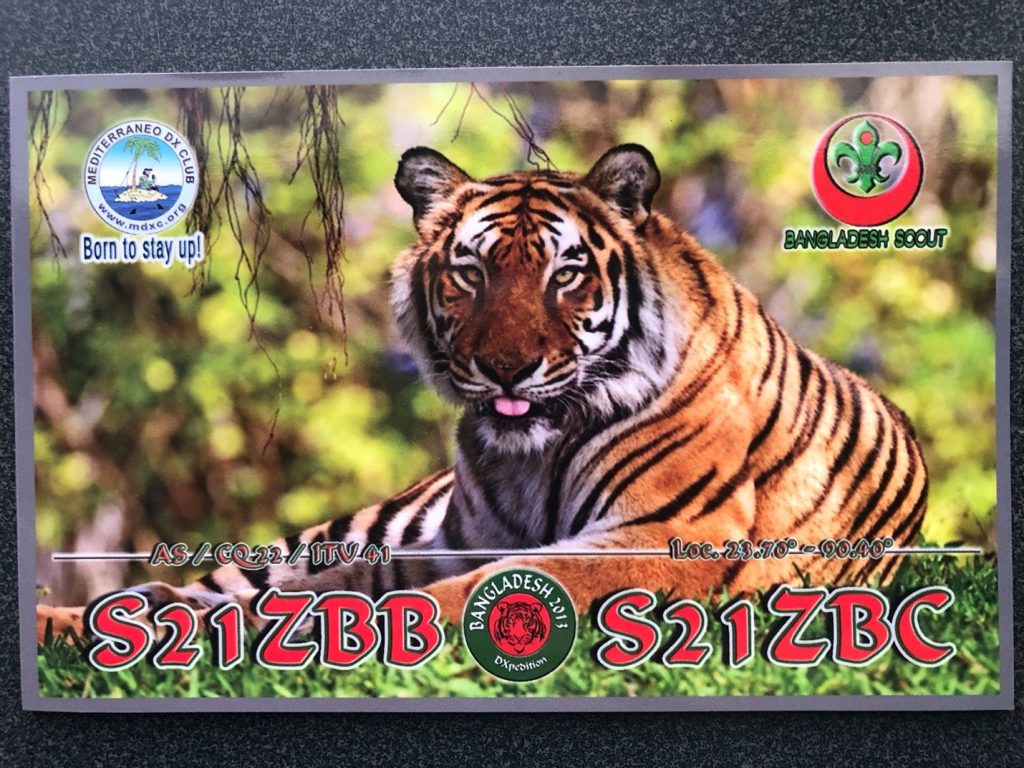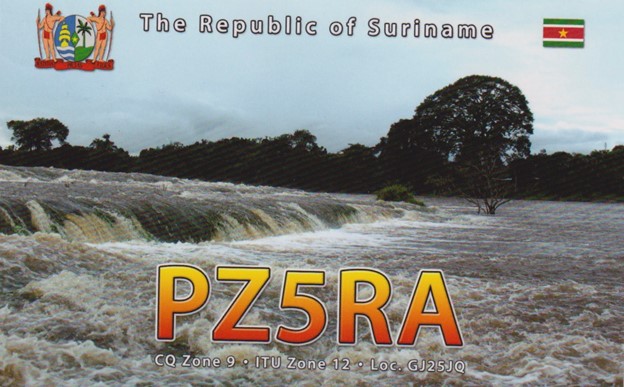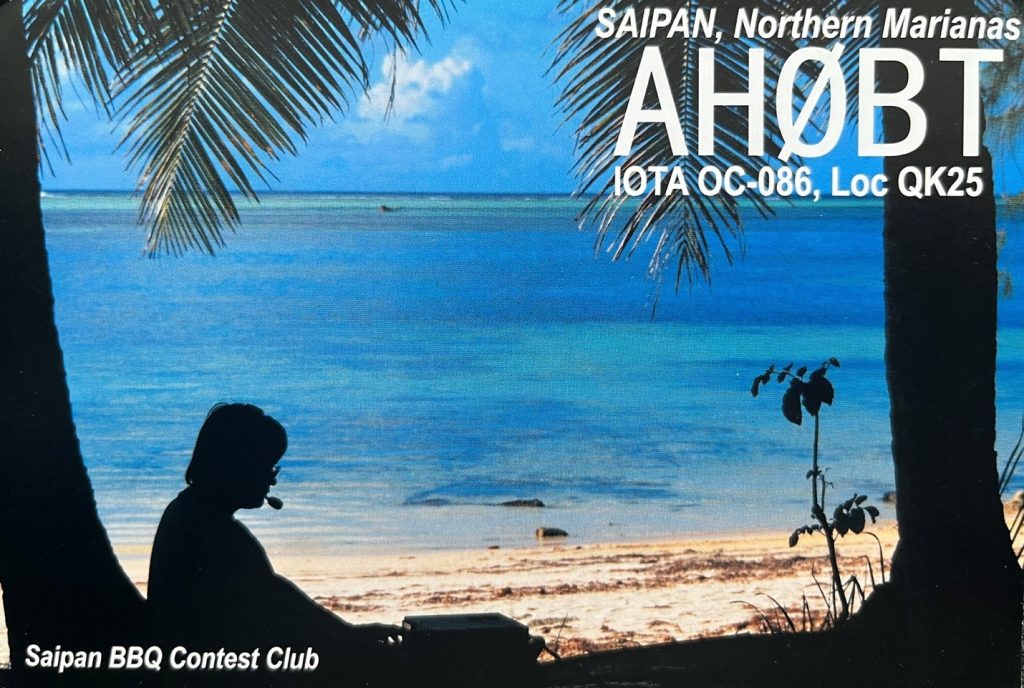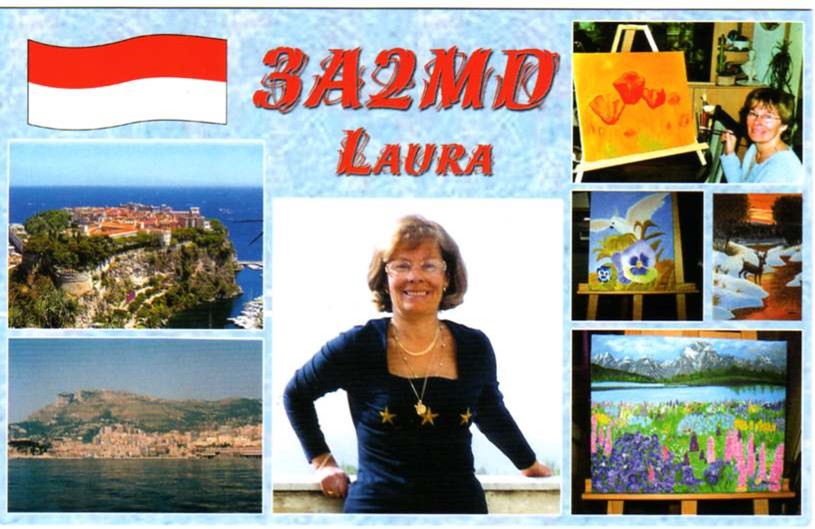We hope you have enjoyed our QSL card posts for 2025! There are a few more to come this year before we showcase other DXCC entities planned for 2026, so stay tuned.
All of us at OnAllBands truly relish highlighting this fun, challenging, and educational part of amateur radio that lets us dive into the vastness and diversity of our planet. (Hint: Encourage your kids to get their General class license and watch them ace every geography exam!)
Beyond providing information about the intrepid DXpeditioners who are activating Earth’s remote locations, we look at these articles as a celebration of a hobby that connects the world, brings us a little closer together, encourages goodwill among people of all backgrounds and nationalities, and binds us in a common pursuit made possible by watts, wires, and wonder. As we like to say at DX Engineering, Amateur Radio Shrinks the Globe!
For a great perspective on the history of QSL cards, tips on designing and displaying cards, and QSLing today, read this OnAllBands article by Ward, N0AX, “Why QSL? And an Atlas of QSL Cards.”
Ready for a globetrotting adventure on the air? Today’s QSL card post spans the map, taking us from Monaco to Bangladesh, Suriname to the Mariana Islands. Also, look for an article on a December 2025 activation of Azerbaijan coming soon.
Bangladesh
The multi-operator S21DX DXpedition from Kutubdia (IOTA AS-127) is scheduled for Dec. 1-27, 2025 on 160-10M in SSB and FT8. Kutubdia is a 36-square-mile island with a population of around 125,000 in the Bay of Bengal. Kutubdia is known as an “upazila,” an administrative division in Bangladesh similar to a county.
With a population of 175 million (eighth most in the world) and land area of almost 57,000 square miles (about the size of Iowa), Bangladesh is the most densely populated country among nations with populations over 10 million and the 10th-most densely populated country overall, with 3,500 inhabitants per square mile.
By contrast, Iowa has a population of 3.2 million, or about 55 people per square mile.
Mark, W8BBQ, DX Engineering customer/technical support specialist, reached S21ZBB/S21ZBC in November 2013 on 17M RTTY, 10M SSB, and 15/12M CW. Over nine days, the 26-operator DXpedition logged more than 52,000 CW, SSB, and Digital QSOs.
The Royal Bengal Tiger, pictured on the card below, is recognized as the national animal of Bangladesh. Once found in every forest in Bangladesh, they are now considered an endangered species due to dwindling habitat caused by human population growth, poaching, and loss of prey. The Bengal tiger can also be found in Bhutan, China, India, Western Myanmar, and Nepal. Estimates place the world population of Bengal tigers at around 5,500, with most living in India and, by some reports, around 125 in Bangladesh.

Suriname
The PZ5OZ DXpedition by OZ0J is scheduled for Dec. 21, 2025-Jan. 2, 2026 on 160-6M in SSB, CW, FT8, and maybe RTTY. At 64,000 square miles (slightly smaller than Oklahoma), Suriname is the smallest country in South America. It has a population of close to 613,000. It’s bordered by the Atlantic Ocean to the north, French Guiana to the east, Guyana to the west, and Brazil to the south.
Wayne, K8FF, DX Engineering customer/technical support specialist, reached PZ5RA in March 2000 on 10M SSB. The 300-mile-long Suriname River, displayed on the front of the QSL card, winds through Suriname to the Atlantic Ocean—a far cry from the mighty Amazon River, which stretches nearly 4,000 miles from the Andes Mountains of Peru through Ecuador, Colombia, Venezuela, Bolivia, and Brazil before emptying into the Atlantic.

Mariana Islands
JO1VRK plans to be active from Saipan Island on 40-10M from Dec. 30, 2025-Jan. 3, 2026. The Mariana Islands is an archipelago composed of the summits of 15 volcanic mountains in the western North Pacific Ocean south-southeast of Japan.
Named after Spanish queen Mariana of Austria, the Mariana Islands (IOTA OC-086) are divided into two political jurisdictions—the U.S. Commonwealth of the Northern Mariana Islands and, to the south, the U.S. territory of Guam (a possession of the U.S. since 1898). Guam (KH2) is a separate DXCC entity from the Mariana Islands (KH0).
Mark, W8BBQ, DX Engineering customer/technical support specialist, made contact with the Saipan BBQ Contest Club, AH0BT, from 2010-12 on 17M CW and 20/17/15/10M SSB. The largest of the Northern Mariana Islands, Saipan was captured by Japan in World War I in 1914. The League of Nations awarded formal control of the island to Japan in 1919. The 46-square-mile island was the site of numerous sugarcane plantations after the war.

Monaco
Monaco, the world’s second smallest (.81 square miles) sovereign state behind Vatican City, is scheduled to be activated by MM0NDX as 3A/MM0NDX, and MM0SAJ as 3A/MM0SAJ in HF with a concentration on 160-30M (including 60M) in SSB, FT4/FT8, and RTTY from Dec. 30, 2025-Jan. 3, 2026.
Smaller than New York City’s Central Park (843 to 520 acres), Monaco has a population of 38,000 (19 of them billionaires), making it one of the densest countries. How small is Monaco? Lichtenstein is 80 times larger—that’s how small. For geography buffs, please note that the third smallest sovereign nation is 8.1-square-mile Nahru. (We bet that your ham radio kids knew that already!)
Dave, K8DV, DX Engineering technical/customer support specialist, reached Laura, 3A2MD in 2009 on 20M CW.

Mark, W8BBQ, reached the 2012 3A2MW DXpedition from Monaco on 17 and 15M CW.

Visit DXEngineering.com for everything you need to upgrade your station to make sure you’re ready when entities like Bangladesh, the Mariana Islands, and Monaco are on the air.
You’ll find transceivers, antennas, amplifiers, CW keys and paddles, headsets and speakers, reference books like “Ham Radio DX: A Complete Guide,” and much more.
Editor’s Note: Every month, DX Engineering features QSL cards from our team members’ personal collections. To highlight upcoming DXpeditions, we’ll be displaying a few of our favorite cards along with details about what it took to make these contacts. We’re excited to share some of the special cards pulled from the thousands we’ve received over the years. We look forward to seeing your cards as well!

